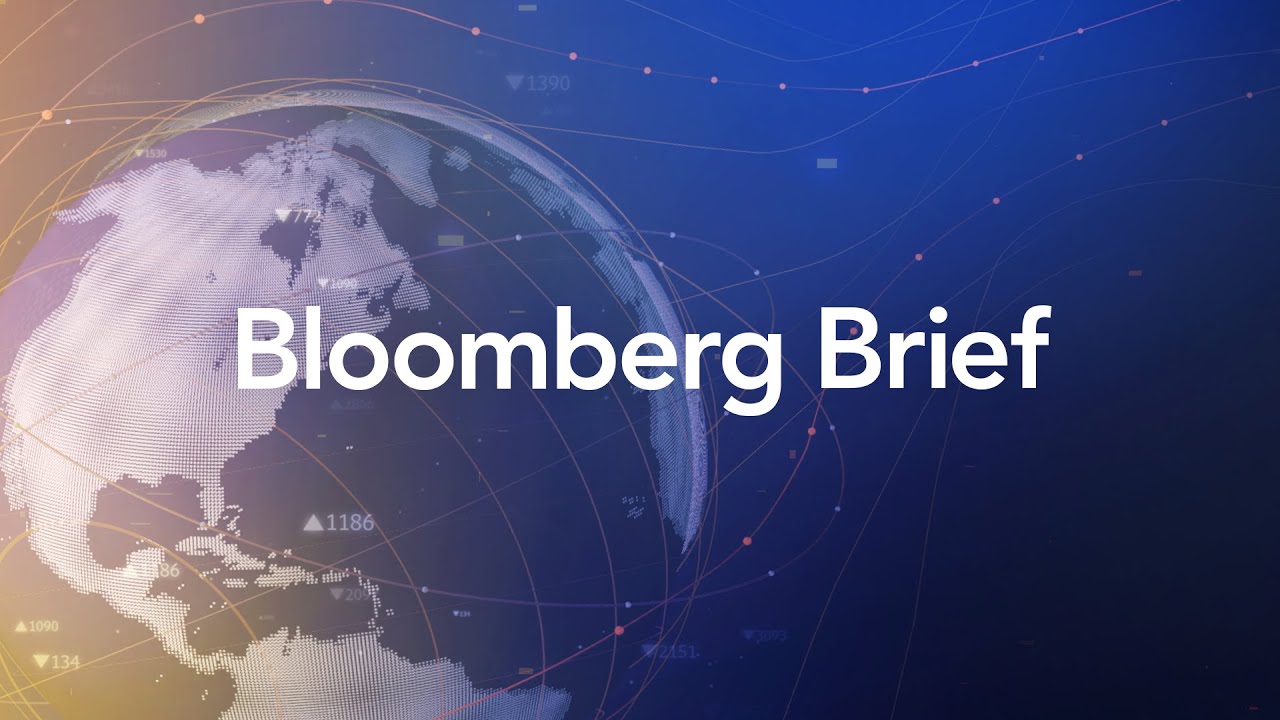Alibaba’s shares surged nearly 9% following its announcement of a $4 trillion AI infrastructure investment and collaboration with NVIDIA, while strong earnings from Micron Technology and a significant boost for Lithium America fueled broader market optimism around AI and energy sectors. Amid elevated market sentiment and a shift in President Trump’s tone on Ukraine, experts from HSBC and JP Morgan highlighted a reacceleration in U.S. economic activity and advocated for strategic portfolio adjustments toward real assets and infrastructure to navigate inflation and technological shifts.
The Bloomberg Brief opens with a strong focus on Alibaba, which received a significant boost after announcing a collaboration with NVIDIA and ramping up its AI infrastructure spending. Alibaba’s CEO revealed plans to invest up to $4 trillion in AI infrastructure over the next five years, emphasizing the company’s determination not to fall behind in the AI race. This announcement, coupled with tech investor Cathie Wood taking a stake in Alibaba, has driven the company’s shares up nearly 9% in premarket trading, reaching their highest level in almost four years. Despite U.S. restrictions on NVIDIA’s advanced chips to China, Alibaba is partnering with NVIDIA on software for robotics and driverless cars, while continuing to develop its own chips.
Micron Technology also delivered upbeat earnings and guidance, exceeding expectations despite a high bar set by its recent 45% rally in September. The company highlighted strong demand for high-bandwidth memory chips critical for AI models, which has helped sustain positive market sentiment. Lithium America saw a remarkable surge of 66% in premarket trading after reports that the Trump administration is considering converting a $2 billion Department of Energy loan into a 10% equity stake, similar to a previous arrangement with Intel. These developments underscore the ongoing enthusiasm for AI-related and energy sector stocks amid broader market optimism.
Market sentiment remains elevated, with the S&P 500 trading about 3% above average analyst estimates, a rare occurrence that has only happened three times before. Despite a slight pullback in the “MAG 7” tech stocks and a breather in markets, futures are pointing higher, and bond yields have declined slightly across the curve. The tone shift from President Trump regarding Ukraine and NATO’s stance on Russian airspace violations has also influenced oil markets, with Brent crude holding above $67 per barrel. Trump’s optimistic remarks about Ukraine regaining territory and his call for NATO to shoot down Russian jets mark a notable change in rhetoric, raising questions about future U.S. policy and support.
HSBC’s Max Kuttner weighed in on the market outlook, highlighting a broad-based reacceleration in U.S. economic activity, particularly in consumption and earnings revisions among cyclical sectors like financials and industrials. He expressed skepticism about small caps due to their sensitivity to floating-rate environments but remains positive on broader cyclical outperformance, especially in the U.S. Kuttner emphasized that current market dynamics are driven more by economic data and earnings trends than by political developments, suggesting that risk assets still have room to run despite elevated valuations.
JP Morgan’s Sitara Sundar discussed a strategic shift away from the traditional 60/40 portfolio approach, advocating for increased allocations to real assets such as infrastructure and real estate to hedge against inflation volatility. She noted that infrastructure investments, particularly in power and digital infrastructure supporting AI growth, offer inflation-protected income and diversification benefits. Sundar also highlighted that these investments are largely policy-agnostic, driven by a generational technological shift toward AI integration. While acknowledging ongoing tariff pressures and margin squeezes, she sees opportunities in private markets and infrastructure funds, suggesting a nuanced approach to portfolio construction in the current macroeconomic environment.
